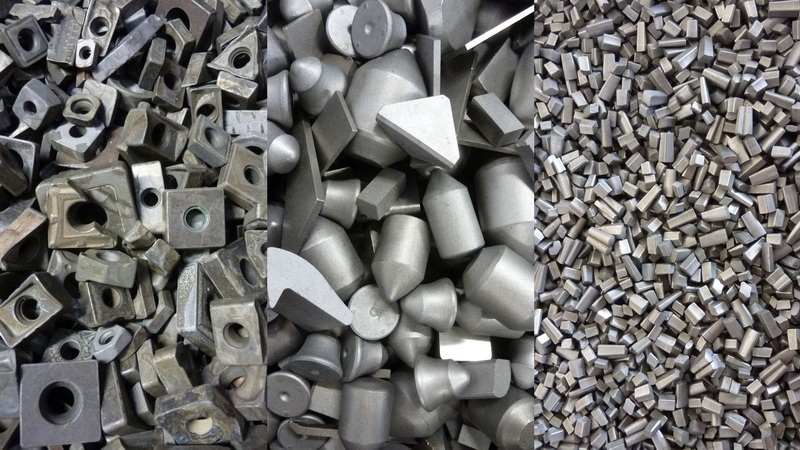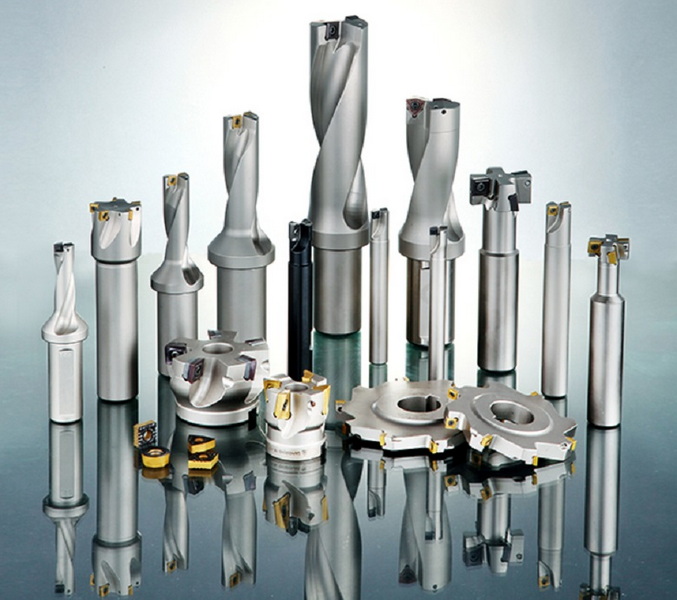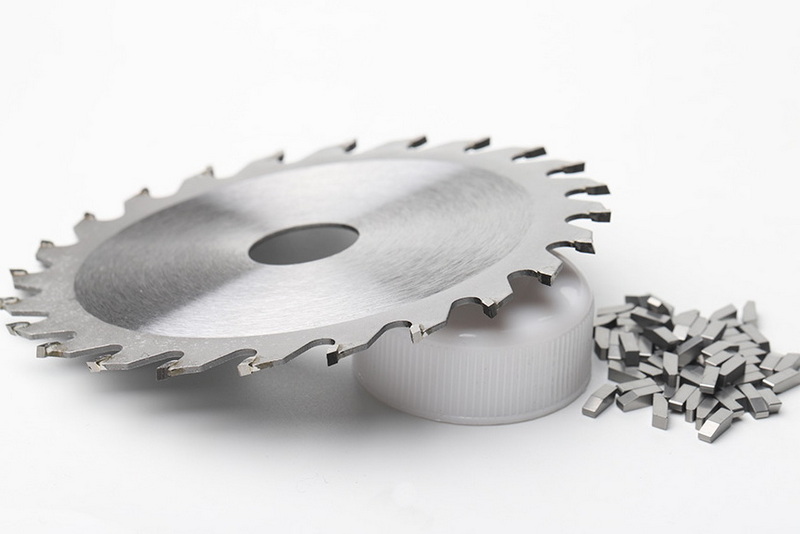Content Menu
● Introduction to Tungsten Carbide
>> Characteristics of Tungsten Carbide
● Traditional Etching Methods
>> Chemical Etching Challenges
>>> Example of Chemical Etching
>> Safety Precautions
>> Limitations of Chemical Etching
● Laser Engraving: The Preferred Method
>> How Laser Engraving Works
>>> Advantages of Laser Engraving
>> Comparison with Traditional Etching
● Applications of Laser Engraving on Tungsten Carbide
>> Jewelry Customization
>> Industrial Applications
● Advanced Techniques in Laser Engraving
>> Pulse Width Modulation (PWM)
● Conclusion
● FAQs
>> 1. What are the challenges of etching tungsten carbide?
>> 2. What is the best method for engraving tungsten carbide?
>> 3. Can traditional etching methods be used for tungsten carbide?
>> 4. What safety precautions should be taken when attempting chemical etching?
>> 5. Can laser engraving be used for non-English languages?
● Citations:
Tungsten carbide, known for its exceptional hardness and durability, is widely used in various applications, including jewelry, cutting tools, and wear-resistant parts. However, its hardness also makes it challenging to etch or engrave, which is often necessary for customization or identification purposes. In this article, we will explore the methods and challenges associated with etching tungsten carbide, focusing on both traditional etching techniques and modern laser engraving methods.

Introduction to Tungsten Carbide
Tungsten carbide is a composite material made from tungsten and carbon, offering high strength, hardness, and resistance to wear and corrosion. These properties make it ideal for applications where durability is crucial, such as in cutting tools and wear-resistant parts. However, these same properties also pose significant challenges when attempting to etch or engrave designs onto its surface.
Characteristics of Tungsten Carbide
- Hardness: Tungsten carbide is extremely hard, which makes it difficult to engrave using traditional methods.
- Durability: It is highly resistant to wear and corrosion, making it suitable for harsh environments.
- Applications: Commonly used in cutting tools, wear-resistant parts, and jewelry.
Traditional Etching Methods
Traditional etching methods involve using chemicals to dissolve or remove material from the surface. However, due to tungsten carbide's hardness and chemical resistance, these methods are often ineffective or impractical.
Chemical Etching Challenges
Chemical etching of tungsten carbide is not straightforward due to its resistance to most acids and bases. Common etching solutions like hydrochloric acid (HCl) and nitric acid (HNO3) may be used in specific concentrations, but the results are often unpredictable and may not yield clear, precise designs.
Example of Chemical Etching
A mixture of 50% HNO3 and 50% HCl can be used for etching tungsten carbide, but this process requires careful handling and safety precautions due to the corrosive nature of these chemicals.
Safety Precautions
When handling strong acids like HNO3 and HCl, it is crucial to wear protective gear, including gloves, goggles, and a lab coat. Ensure that the work area is well-ventilated to avoid inhaling fumes.
Limitations of Chemical Etching
Chemical etching has several limitations:
- Precision: It lacks the precision needed for intricate designs.
- Safety Risks: Handling corrosive chemicals poses significant safety risks.
- Environmental Impact: Disposal of used chemicals can have environmental implications.

Laser Engraving: The Preferred Method
Given the challenges associated with traditional etching methods, laser engraving has become the preferred technique for engraving tungsten carbide. This method offers precision, clarity, and does not damage the material.
How Laser Engraving Works
Laser engraving uses a high-powered laser beam to remove material from the surface of the tungsten carbide. The process is controlled by computer software, allowing for intricate designs and precise control over the engraving depth.
Advantages of Laser Engraving
- Precision: Laser engraving allows for very precise designs and text.
- Clarity: The engraved text or image is crisp and clear.
- No Damage: Unlike traditional etching, laser engraving does not physically stress the material, reducing the risk of chipping or cracking.
Comparison with Traditional Etching
| Method | Precision | Clarity | Damage Risk |
| Traditional Etching | Low | Poor | High |
| Laser Engraving | High | Excellent | Low |
Applications of Laser Engraving on Tungsten Carbide
Laser engraving is widely used in various applications, including jewelry customization, where personal messages or designs can be engraved onto tungsten carbide rings.
Jewelry Customization
Tungsten carbide rings are popular for their durability and aesthetic appeal. Laser engraving allows for personalization, making each ring unique.
Industrial Applications
In industrial settings, laser engraving is used to mark tools and parts with identification numbers or logos, enhancing traceability and brand recognition.
Advanced Techniques in Laser Engraving
Recent advancements in laser technology have enabled more complex designs and patterns to be engraved on tungsten carbide surfaces. Techniques such as pulse width modulation allow for varying the depth and texture of the engraving, creating visually appealing effects.
Pulse Width Modulation (PWM)
PWM involves adjusting the duration of laser pulses to control the amount of material removed. This technique can create detailed, multi-level engravings.
Conclusion
Etching tungsten carbide is challenging due to its hardness and chemical resistance. While traditional chemical etching methods exist, they are often impractical and may not yield satisfactory results. Laser engraving, on the other hand, offers a precise, safe, and efficient way to engrave designs onto tungsten carbide surfaces, making it the preferred method for applications ranging from jewelry to industrial parts.

FAQs
1. What are the challenges of etching tungsten carbide?
Etching tungsten carbide is challenging due to its extreme hardness and chemical resistance, making traditional etching methods often ineffective.
2. What is the best method for engraving tungsten carbide?
Laser engraving is the best method for engraving tungsten carbide due to its precision, clarity, and minimal risk of damaging the material.
3. Can traditional etching methods be used for tungsten carbide?
While traditional etching methods can be attempted, they are generally not recommended due to the unpredictability of results and potential damage to the material.
4. What safety precautions should be taken when attempting chemical etching?
When handling strong acids or bases for etching, it is crucial to wear protective gear and ensure good ventilation to avoid inhaling fumes.
5. Can laser engraving be used for non-English languages?
Yes, laser engraving can be used for engraving text in any language, including non-English languages like Hebrew, Spanish, and Chinese.
Citations:
[1] https://data.epo.org/publication-server/rest/v1.0/publication-dates/20190626/patents/EP3503169NWA1/document.pdf
[2] https://www.titaniumkay.com/laserengraving.aspx
[3] https://fotofab.com/metals-we-etch/tungsten-photo-etched-parts/
[4] https://www.renaissancejeweler.com/thorsten-custom-image-engraving-polished-black-tungsten-engraved-ring-jewelry-2mm-12mm-an-l1652
[5] https://www.metallographic.com/Metallographic-Preparation-Procedures/Tungsten-Carbide-CERMET
[6] https://www.researchgate.net/figure/SEM-image-of-the-surface-tungsten-carbide-of-after-a-three-stage-etching_fig6_319327744
[7] https://www.researchgate.net/post/Can-anyone-help-with-etching-Sintered-Tungsten-Carbide
[8] https://generaltools.com/tungsten-carbide-point-scriber-etching-pen-with-magnet
















